Properties and Channels Pungent, bitter, warm. Enters the Spleen, Stomach, and Liver meridians.
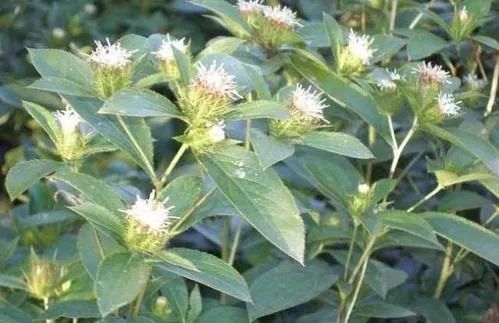
Functions and Indications Dries dampness, strengthens the Spleen, dispels wind and cold, and brightens the eyes. Used for damp obstruction in the middle Jiao, abdominal distension, diarrhea, edema, beriberi, rheumatic pain, wind-cold common cold, night blindness, and blurred vision. For damp obstruction of the Spleen and Stomach presenting with abdominal distension, poor appetite, fatigue, and a thick, greasy white tongue coating, it is often combined with Hou Po (Magnolia Bark) and Chen Pi (Dried Tangerine Peel); for treating cold-damp leucorrhea, it can be used with Bai Zhi (Angelica dahurica). Although this herb is warming and drying, it has a strong ability to dry dampness and is often paired with cooling herbs to treat damp-heat conditions, such as damp-heat leucorrhea, where it can be combined with Zhi Mu (Anemarrhena asphodeloides), Ku Shen (Sophora flavescens), and Mu Tou Hui (Morus alba); for damp-heat descending, swollen and painful knees, and weakness, it can be used with Huang Bai (Phellodendron) and Niu Xi (Achyranthes bidentata); for damp-warm diseases, it can be combined with Shi Gao (Gypsum) and Zhi Mu. Particularly suitable for rheumatic pain with a cold-damp predominance, it can be used with Qiang Huo (Notopterygium) and Du Huo (Angelica pubescens). For headaches, body aches, and absence of sweating due to wind-cold-damp invasion, it is often combined with Qiang Huo, Xi Xin (Asarum), and Fang Feng (Saposhnikovia). It has a function of brightening the eyes and is a key herb for treating night blindness, often used with pig liver or sheep liver and Shi Jue Ming (Haliotis). Additionally, this herb has a fragrant aroma and can dispel foul odors; it is traditionally burned indoors with Bai Zhu and Bai Zhi during the Dragon Boat Festival to ward off epidemics. Recent experiments have confirmed that this method can effectively disinfect and kill bacteria.
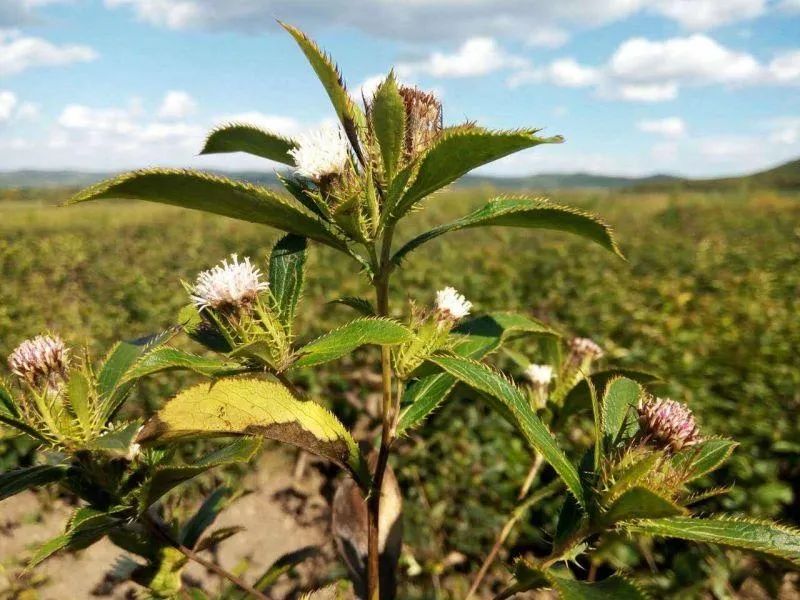
Dosage and Administration Internal use: decoction, 4.5-9 grams; can be made into a paste or used in pills or powders. Precautions Contraindicated in cases of Yin deficiency with internal heat and excessive sweating. Source This herb is the dried rhizome of the Asteraceae plant Cang Zhu (Atractylodes lancea (Thunb.) DC.) or Bei Cang Zhu (Atractylodes chinensis (DC.) Koidz.). Harvested in spring and autumn, cleaned of soil, dried, and the fibrous roots removed. Cang Zhu is primarily produced in Jiangsu, Hubei, and Henan. Additionally, it is also found in Zhejiang, Anhui, and Jiangxi. The highest quality is from the Maoshan area in Jiangsu, hence it is called “Mao Zhu” or “Mao Shan Cang Zhu”; those distributed in Nanjing are also referred to as “Jing Mao Zhu” or “Jing Cang Zhu”. The Cang Zhu from Hubei and Jiangxi is mostly distributed in Hankou, hence also called “Han Cang Zhu”; Bei Cang Zhu is of slightly lower quality than Mao Cang Zhu, primarily produced in Inner Mongolia, Hebei, Shanxi, Liaoning, Jilin, and Heilongjiang. Additionally, it is also found in Shandong, Shaanxi, and Gansu. The Cang Zhu from Hebei is mostly distributed in Tianjin, hence known as “Jin Cang Zhu”.
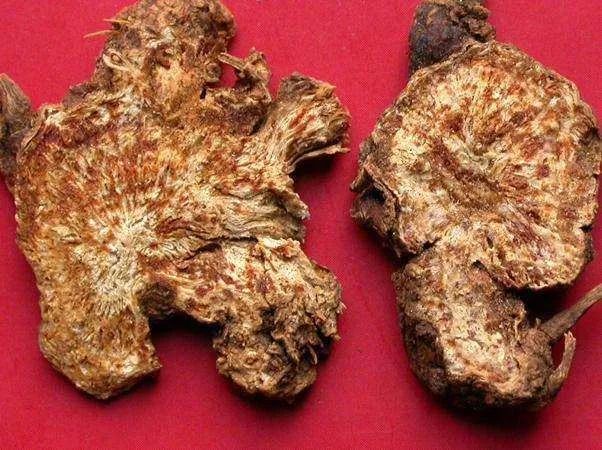
Characteristics Mao Cang Zhu is irregularly bead-like or nodule-shaped, cylindrical, slightly curved, occasionally branched, 3-10 cm long, and 1-2 cm in diameter. The surface is gray-brown, with wrinkles, transverse grooves, and residual fibrous roots, with the top having stem scars or remnants of the stem base. The texture is solid, with a cross-section that is yellow-white or gray-white, scattered with numerous orange-yellow or brown-red oil chambers, which can yield white needle-like crystals upon prolonged exposure. It has a distinctive aromatic scent, with a slightly sweet, pungent, and bitter taste. Bei Cang Zhu is in a lump-like or nodule-shaped cylindrical form, 4-9 cm long and 1-4 cm in diameter. The surface is black-brown, turning yellow-brown when the outer skin is removed. The texture is relatively loose, with a cross-section scattered with yellow-brown oil chambers. The aroma is milder, with a pungent and bitter taste.
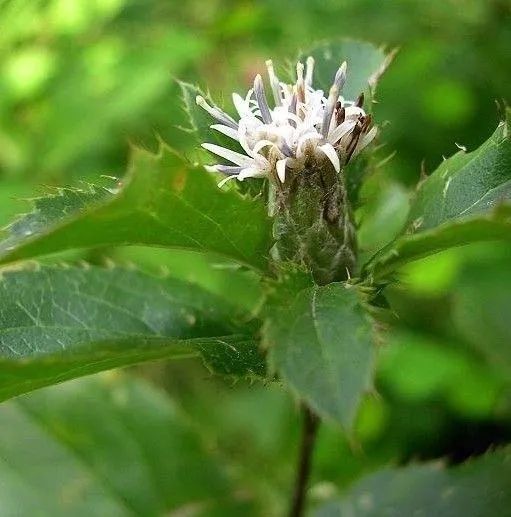
Preparation Cang Zhu is cleaned of impurities, washed, soaked, cut into thick slices, and dried. It appears as irregularly round or strip-shaped thick slices. The outer skin is gray-brown to yellow-brown, with wrinkles, and sometimes visible root scars. The cut surface is yellow-white or gray-white, scattered with numerous orange-yellow or brown-red oil chambers, and some may yield white needle-like crystals. It has a distinctive aromatic scent, with a slightly sweet, pungent, and bitter taste. Fried Cang Zhu is prepared by spraying Cang Zhu slices with rice wash water to moisten, then frying in a pot over low heat until slightly yellow; or by soaking cleaned Cang Zhu in rice wash water, then steaming until thoroughly cooked, cutting into slices, and drying. This product resembles Cang Zhu slices, with a deep yellow surface, scattered with numerous brownish oil chambers, and has a roasted aroma.
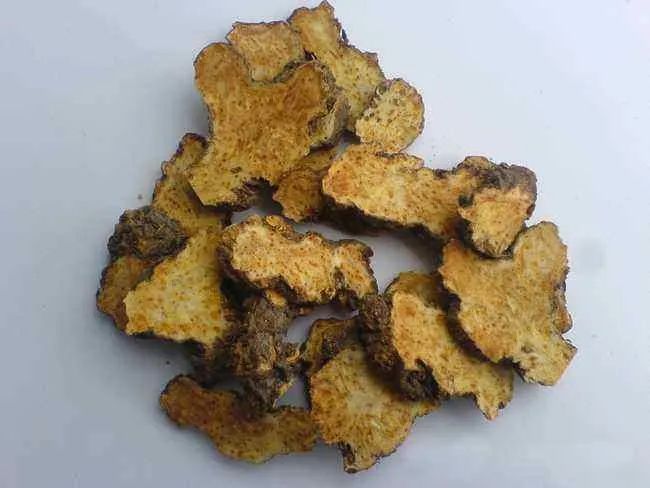
Formulas 1. For Spleen and Stomach disharmony, lack of appetite, distension and stabbing pain in the heart and abdomen, bitter taste, nausea, and frequent diarrhea: Cang Zhu (remove rough skin, soak in rice wash for two days) 250 grams, Hou Po (remove rough skin, processed with ginger juice, and stir-fried until fragrant), Chen Pi (remove white part) 150 grams each, and Gan Cao (stir-fried) 300 grams. Grind into a fine powder. Take 6 grams with one cup of water, add two slices of fresh ginger and two dried jujubes, decoct until reduced to 70%, remove ginger and jujubes, and take warm before meals; adding a pinch of salt and taking with boiling water is also acceptable. (From “Jufang” Ping Wei San) 2. For Taiyin Spleen meridian dampness, water leakage, slight heaviness and fullness, weakness, lack of appetite, and severe diarrhea: Cang Zhu 60 grams, Shao Yao (Peony) 30 grams, Huang Qin (Scutellaria) 15 grams. Grind and take 30 grams, add half a penny of light-flavored cinnamon, and one and a half cups of water, decoct until one cup remains, and take warm. (From “Suwen Bingji Baoming Ji” Cang Zhu Shao Yao Tang)
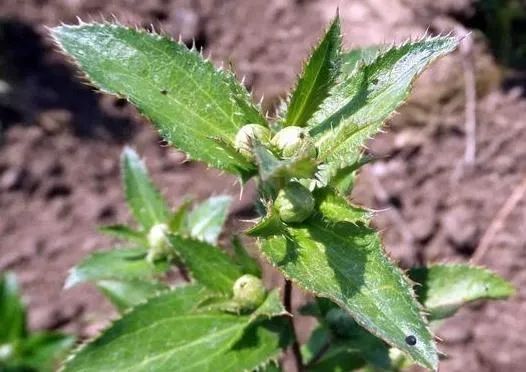
3. For summer heat causing diarrhea, strengthening the Spleen and warming the Stomach, promoting appetite, and treating dietary injuries, chest oppression: Shen Qu (stir-fried), Cang Zhu (soaked in rice wash overnight, dried) in equal parts, ground into powder. Form into pills the size of a wutong seed. Take 30 pills at any time, swallowed with rice drink. (From “Jufang” Qu Zhu Wan) 4. For food stagnation: Cang Zhu 60 grams, Xiao Jiao (small pepper) 30 grams (remove seeds, stir-fried). Grind into a very fine powder, form into pills the size of a wutong seed. Take 20-30 pills with warm water before meals. For chronic dysentery that does not heal, add cinnamon. (From “Suwen Bingji Baoming Ji” Jiao Zhu Wan) 5. For stagnant fluid in the stomach, forming a cyst: Cang Zhu 500 grams, remove skin, cut, and grind, using half a tael of raw sesame oil, two cups of water, grind and filter to extract juice, and fifteen jujubes, remove skin and pits, grind, mix with sesame juice to form a thin paste, and roll into pills the size of a wutong seed, dry. Take 50 pills on an empty stomach with salt soup, increasing to 100 or 200 pills. Avoid peaches, plums, and sparrows. (From “Benshi Fang”)
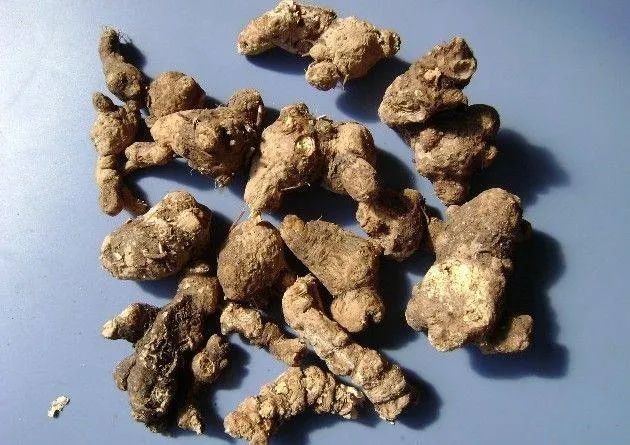
6. For Spleen meridian dampness, poor appetite, damp swelling, weakness in limbs, food injury, excessive alcohol consumption, and fatigue: Fresh white Cang Zhu 20 kg, soak to remove rough skin, wash, dry, chop, soak in rice wash overnight, wash, use one bucket of creek water, boil the medicine in a large pot over low heat until half dry, remove dregs, then add three kg of stone heather leaves, brush off the red skin, add one kg of Huai Shi (Chinese parasol tree seeds), half a kg of Chuan Gui (Cinnamon), and four taels of Gan Cao, cut and grind, decoct until yellow, filter out dregs, and boil until it becomes a thin porridge, then add three kg of good white honey, and decoct into a paste. Each time take 9-15 grams with good wine on an empty stomach, or with rice soup if not drinking alcohol. For swelling, use white soup; for vomiting, use ginger soup. (From “Huo Ren Xin Tong” Cang Zhu Gao) 7. For damp-warm excessive sweating: Zhi Mu 180 grams, Gan Cao (stir-fried) 60 grams, Shi Gao 500 grams, Cang Zhu 90 grams, and Jing Mi (glutinous rice) 90 grams. Grind into powder the size of a soybean. Each time take 15 grams, with one and a half cups of water, decoct until 80-90%, remove dregs to take six parts of clear juice, and take warm. (From “Liu Zheng Huo Ren Shu” Bai Hu Jia Cang Zhu Tang)
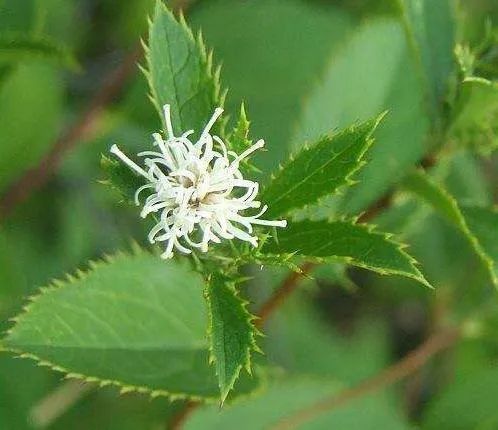
8. For seasonal epidemics, headache, stiff neck, fever with chills, body aches, and wind-cold, nasal congestion, heavy voice, cough, and dizziness: Cang Zhu (soaked in rice wash overnight, cut, and dried) 250 grams, Gao Ben (remove soil), Xiang Bai Zhi (Angelica dahurica), Xi Xin (remove leaves and soil), Qiang Huo (remove reed), Chuan Xiong (Chuanxiong), Gan Cao (stir-fried) 30 grams each. Grind into a fine powder. Each time take 9 grams, with one cup of water, three slices of fresh ginger, and three inches of scallion, decoct until reduced to 70%, take warm at any time. If feeling wind-cold nasal congestion, just use scallion tea to adjust. (From “Jufang” Shen Shu San) 9. For common cold: Cang Zhu 30 grams, Xi Xin 6 grams, and Ce Bai Ye (Platycladus orientalis) 15 grams. Grind into fine powder, take four times a day, 6 grams each time, mixed with boiling water, using scallion white as a guide, eaten raw. (From Inner Mongolia “New Medical Method of Chinese Herbal Medicine”)
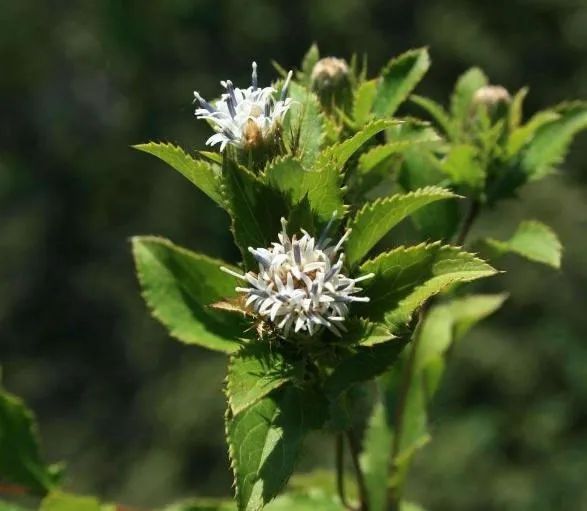
10. For body pain due to dampness: Cang Zhu, soaked in rice wash, cut, boiled, and concentrated juice made into a paste, taken with white soup. (From “Jian Bian Dan Fang”) 11. For joint and bone pain due to damp-heat: Huang Bai (stir-fried) and Cang Zhu (soaked in rice wash and stir-fried). Grind these two herbs into powder, take with boiling water mixed with ginger juice. Both herbs have a strong warming energy; for those with strong exterior energy, add a little wine as an aid. (From “Dan Xi Xin Fa” Er Miao San, also known as “Shi Yi De Xiao Fang” Cang Zhu San) 12. To nourish deficiency, brighten the eyes, strengthen bones, and harmonize blood: Cang Zhu (soaked) 120 grams, Shu Di Huang (cooked Rehmannia) 60 grams. Grind into powder, form into pills the size of a wutong seed. Each time take 30-50 pills with warm wine, three times a day. (From “Pu Ji Fang”) 13. For swollen gums due to wind: Large Cang Zhu, cut into two pieces, make a hole in the middle, fill with salt, wrap in wet paper, burn until charred, grind finely, and apply to remove wind and saliva, which will heal, and rinse with salt soup. (From “Pu Ji Fang” Cang Zhu San)
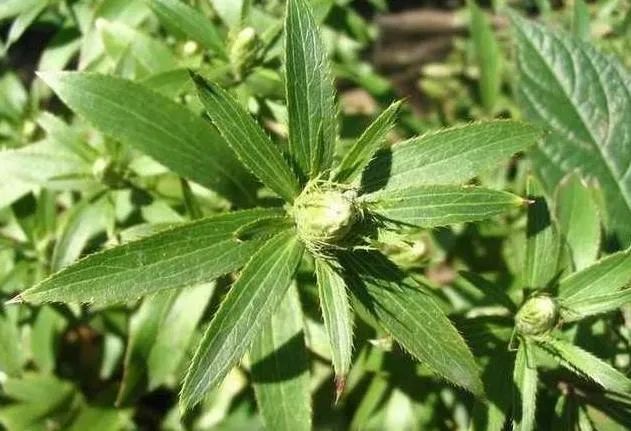
Literature Excerpts 1. “Pearl Bag Supplementary Medicine” states that Cang Zhu has the same properties and indications as Bai Zhu (Atractylodes macrocephala). It can tonify and eliminate dampness, but its strength is less than Bai Zhu, and it can promote sweating and relieve dampness, with more efficacy than Bai Zhu. 2. “Jade Pull Medicine Explanation” states that it is sweet, slightly pungent, enters the Foot Taiyin Spleen and Foot Yangming Stomach meridians. It dries dampness, benefits water, dispels phlegm, moves blood stasis, relieves fullness, transforms masses, regulates vomiting and sour regurgitation, dispels miasma, and alleviates weakness of the muscles and bones. Bai Zhu is static and does not move, thus it is good for tonifying, while Cang Zhu is dynamic and moves, thus it is good for dispersing. Both can aid digestion and stop vomiting and diarrhea, but Cang Zhu excels in dispersing water and relieving stagnation. The wood represents the Azure Dragon, transforming color due to the Earth, while metal represents the White Tiger, transforming shape due to the Earth. Bai Zhu enters the Stomach, its nature is static and specialized, thus it excels in tonifying, while Cang Zhu enters the Spleen, its nature is dynamic and thus excels in dispersing. When entering the Stomach, it also descends the turbid, and when entering the Spleen, it moves the stagnant. Bai Zhu’s ability to quench thirst and generate fluids is due to the dryness of the Earth and the clarity of metal, while Cang Zhu’s ability to eliminate sourness and decay is due to the dryness of the Earth and the flourishing of wood. Bai Zhu is biased towards the Earth of Wu, thus it has more ability to absorb grains, while Cang Zhu is biased towards the Earth of Ji, thus it has strong power to digest grains. When the Earth of Ji is strong, it clears and ascends, while the Earth of Wu is strong, it descends and clears. However, the ability to reach one another is due to their combined strength, while the ability to reach one before the other is due to their specialized efficacy. If both the Spleen and Stomach are to be treated, it is advisable to use both Cang Zhu and Bai Zhu together.
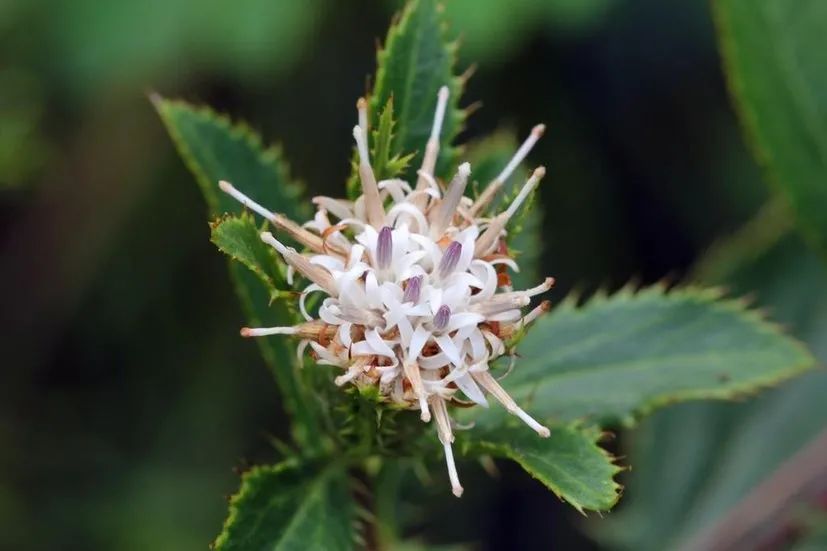
3. “Medicinal Properties and Uses” states that it is bitter, warm, pungent, and dry, drying the Stomach and strengthening the Spleen, promoting sweating and eliminating dampness, capable of raising the Yang Qi in the Stomach, dispelling evil and relieving stagnation. The best quality comes from Maoshan, and true rice wash soaking also has sesame oil frying. It is contraindicated for those with excessive sweating and dry stools. 4. “Herbal Properties” states that Fang Feng and Di Yu are its assistants. Avoid peaches, plums, sparrow meat, cabbage, and blue fish. Sweet, bitter, pungent, and warm. Enters the Foot Taiyin and Yangming meridians. Dries the Stomach, strengthens the Spleen, promotes sweating, and eliminates dampness. Treats wind-cold-damp bi syndrome, miasma, cholera, abdominal pain, edema, and fullness, muscle weakness, and skin edema. Treats damp phlegm retention, or with blood stasis forming masses, and Spleen dampness flowing down, intestinal wind with turbidity. When combined with Shu Di and Gan Jiang, it treats sallow complexion and poor appetite. When combined with Zhi Zi, it alleviates the dryness of Cang Zhu. When combined with Chuan Jiao vinegar pills, it treats prolonged diarrhea. When combined with Chuan Bai, it treats weakness. (Adding Niu Xi is even better.) When soaked in rice wash overnight and dried, it can be made into steamed cakes and pills to treat good food with raw rice.
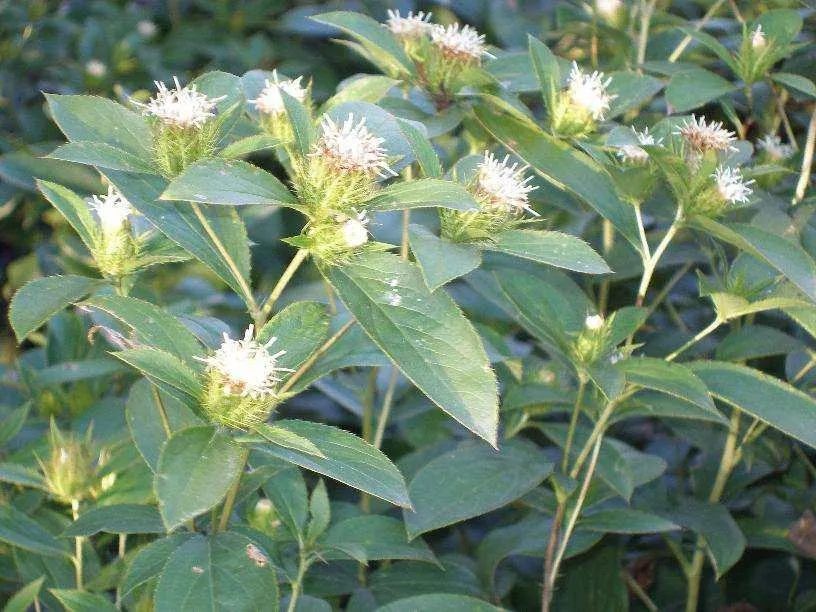
5. “Herbal Truth” states that it is sweet, bitter, pungent, and fierce. It is warm and non-toxic. Although it can raise Yang and disperse stagnation, it promotes sweating and eliminates dampness. (Yang’s family prescription. Men and women due to eating raw and cooked food, leading to retention in the intestines and stomach, resulting in worms. If prolonged, it leads to poor appetite and emaciation. Using Cang Zhu alone as a pill can cure it. Yi Changling’s Liu Qingxiao, a famous courtesan, aged over 15, suffered from this. The Huimin Bureau supervisor Zhao Yin treated her with this, and she recovered in two weeks. This is because raw rice retention in the intestines and stomach, when damp, leads to this disease. Therefore, Cang Zhu is used to eliminate dampness, warm the Stomach, and digest grains.) 6. “Herbal Harm and Benefit” states that [Harm] is pungent, warm, and fierce, contraindicated for those with dry stools and excessive sweating. The rest is the same as Bai Zhu’s contraindications. [Benefit] is bitter, pungent, and warm, entering the Spleen and Stomach meridians. It dries dampness, dispels phlegm, promotes sweating, and relieves stagnation, dispelling miasma and evil diseases. [Preparation] comes from Maoshan, firm and small with red spots is good. Soaking in glutinous rice wash and drying, then frying with sesame to reduce its dryness. The “Herbal Classics” does not differentiate between Cang and Bai. Tao Yinjia differentiates the two for application.
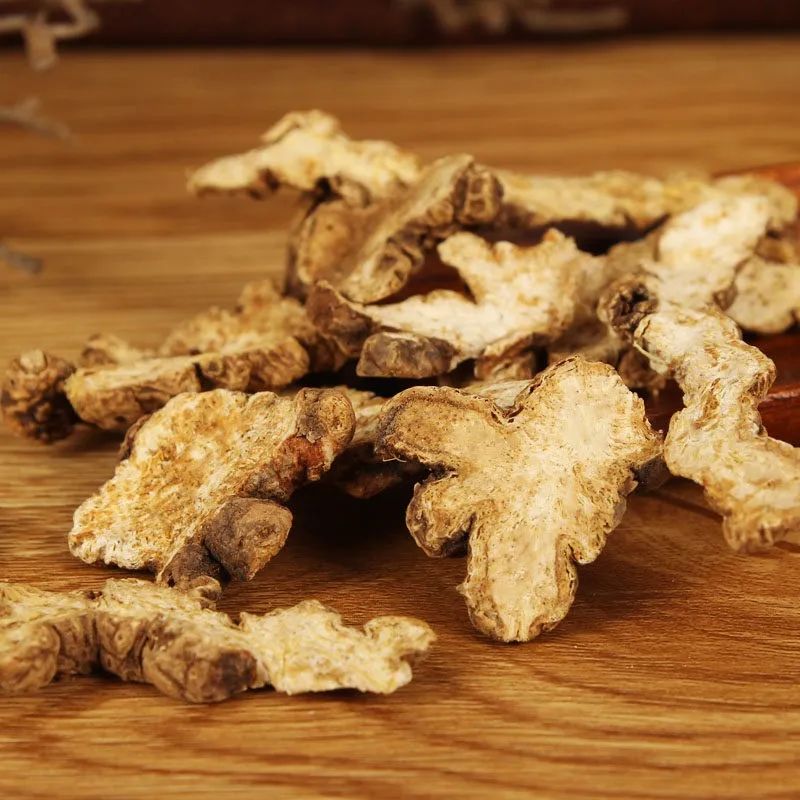
7. “Herbal Summary” states that it is bitter, pungent, and warm, entering the Foot Yangming meridian, specializing in tonifying the Spleen, drying dampness, raising Yang, and dispersing stagnation. When combined with Fang Feng, it promotes sweating. When combined with Huang Bai, it overcomes dampness. When combined with Xiang Fu, it regulates Qi in the middle and lower Jiao. When combined with Shan Zhi Zi, it alleviates the dryness of Cang Zhu. Both herbs have Fang Feng and Di Yu as assistants. Soaking in glutinous rice wash and drying, then frying with sesame to reduce its dryness. 8. “Herbal Easy Reading” states that it is pungent, bitter, and warm, drying dampness, strengthening the Spleen, promoting sweating, and dispelling evil. It is aromatic and strong, dispersing stagnation and driving away evil, breaking water retention, and eliminating turbid phlegm, clearing the Stomach of fullness, and dispelling miasma completely. (Cang Zhu was known as Chi Zhu during the Han Dynasty, found in every mountain valley, but the best quality is from Jiangsu Maoshan, which is smaller than Bai Zhu, with red spots inside when cut, its taste is pungent and bitter, and its aroma is strong. Its drying and dispersing nature is abundant, but its tonifying ability is insufficient. It specializes in entering the Spleen and Stomach, contraindicated for those with Yin deficiency and blood dryness.)
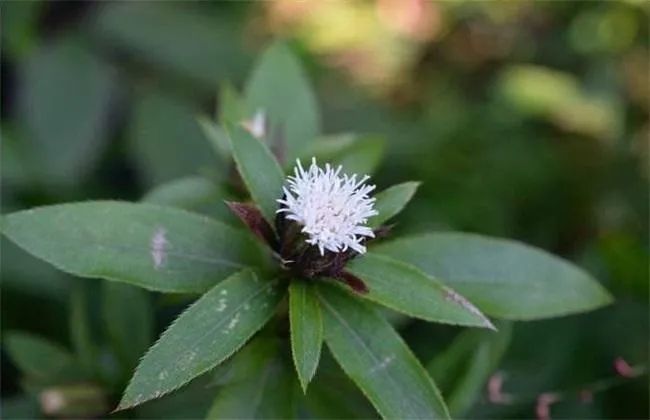
9. “Herbal Justice” states that Cang Zhu has a strong aroma, more potent than Bai Zhu, capable of penetrating both upper and lower, drying dampness and transforming phlegm and fluid, with a fragrant aroma that dispels foul odors, overcoming the unwholesome air of the four seasons; thus, it is often used in epidemic diseases. It is most effective in driving away foul and turbid air, in damp and stagnant areas, and in long-abandoned houses, it is advisable to burn this herb before residing there, which is also its purpose. For all dampness obstructing the Spleen Yang, fatigue, drowsiness, limb soreness, chest fullness, and even membrane swelling with a thick, greasy tongue, it is essential to use Mao Zhu’s strong aroma to open and drain, and for phlegm and fluid to disperse, it is indispensable. During the transition from summer to autumn, when summer heat and dampness combine, causing damp-warm diseases with cold and heat, headaches, chest oppression, and nausea, it is necessary to use Mao Zhu, Huo Xiang, and Peilan leaves to awaken the Spleen with their fragrant and drying properties. Thus, for Spleen dampness, whether it manifests as membrane swelling, fullness, diarrhea, or dysentery, or as damp-heat steaming, leading to sores and ulcers, or cold-damp mutual obstruction causing yin sores and pain, if there is a thick, greasy tongue without thirst, Mao Zhu is the most essential herb. It is applicable to both internal and external diseases, making it highly useful.
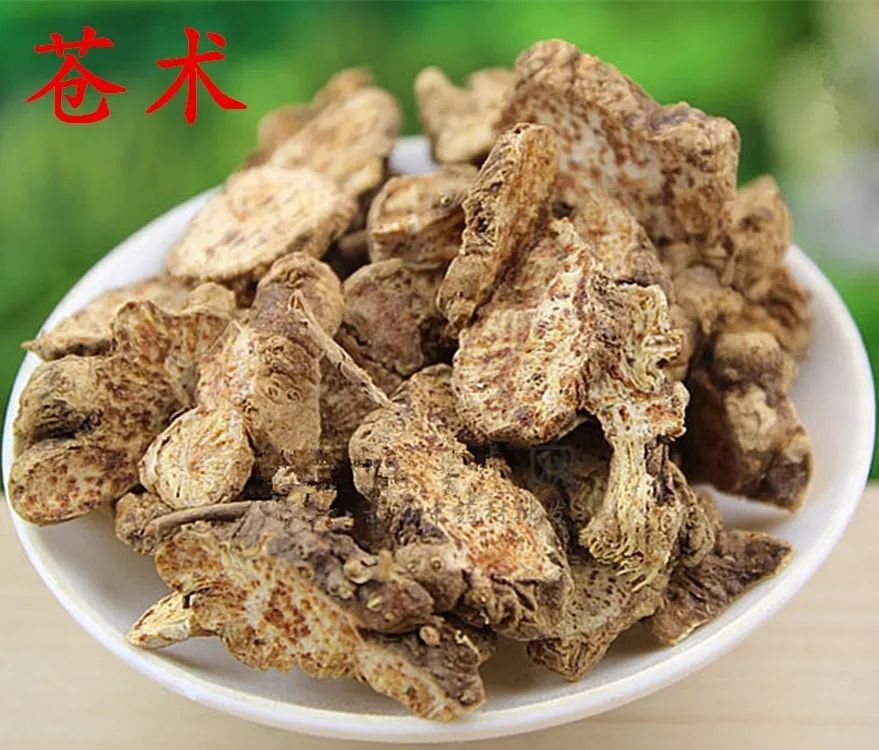
10. “Medicinal Transformation” states that Cang Zhu, with a pungent taste, is primarily dispersing, warm, and drying, capable of eliminating dampness, specifically entering the Spleen and Stomach, treating wind-cold-damp bi syndrome, miasma, skin edema, all of which are due to its pungent and fierce ability to expel evil. It governs the dampness of the three regions; if dampness is in the upper Jiao, it easily produces damp phlegm, thus it dries dampness and moves phlegm; if dampness is in the middle Jiao, it causes stagnation and diarrhea, thus it opens the middle and strengthens the Spleen; if dampness is in the lower part, it leads to weakness in the knees and feet, thus it can be used with Huang Bai to treat weakness, allowing the knees and feet to regain strength; taking advantage of its pungent and dispersing energy, it is used to expel evil and promote sweating, providing extreme comfort. It can be combined with Liu Shen San to treat spring and summer damp-heat diseases; assist with Chai Ge to release muscle layer; if heat diseases have sweating and are unresolved, it can be added to Bai Hu Tang to resolve, stopping sweating and cooling the body. Miao Zhongchun used this herb alone as a powder to treat Spleen deficiency and abdominal distension.
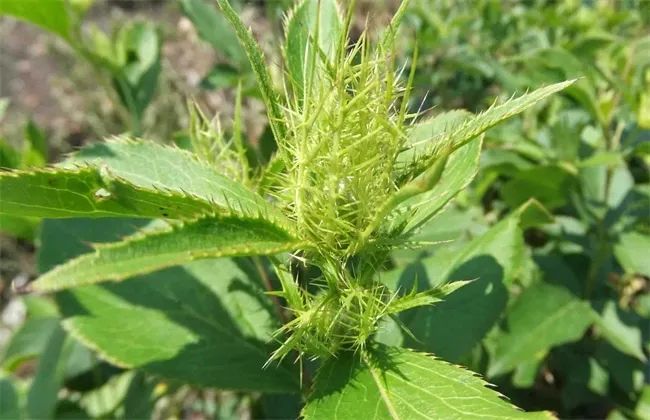
11. “Medical Origins” states that Cang Zhu has the same indications as Bai Zhu, but it is most effective in eliminating upper dampness and promoting sweating, while its ability to tonify the middle Jiao and eliminate dampness is less. “Secret Essentials of Indications” states that its use is the same as Bai Zhu, but compared to Bai Zhu, it has a heavier aroma and denser body. For swollen legs and feet, add Bai Zhu soaked and scraped skin. 10. Li Gao: “Herbal Classics” only mentions Zhu, without differentiating between Cang and Bai, while Cang Zhu has a strong upward-moving energy, capable of eliminating dampness and stabilizing the Taiyin, preventing evil Qi from entering the Spleen. Due to its soaking and frying process, it can promote sweating, and it is particularly effective in stopping sweating, thus they cannot be substituted for one another, although their other indications are the same.
This content is for educational exchange only. For medication, please follow medical advice; for harvesting and selling medicinal products, please strictly adhere to national laws and regulations. The text in the images may contain errors; please feel free to leave comments for discussion. Images are selected from the internet and will be removed upon request.

